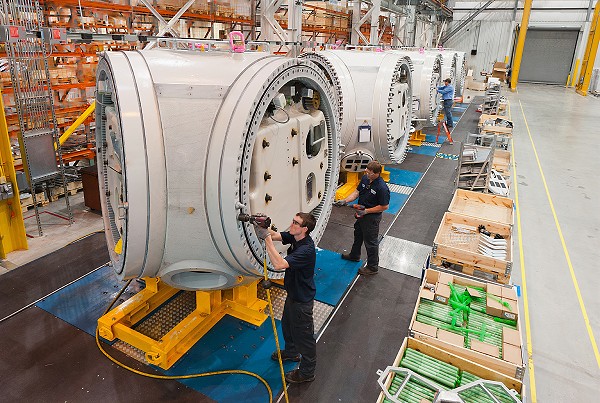Coronavirus: Getting Back to Work

Despite the green light from HM Government to get back to work,there is a lot of uncertainty about how business can open up again. What is clear though, is that what was business as normal is no longer acceptable. Even the term the ‘new normal’ can’t be any clearer- businesses have to change. Part of that change means more restrictive access control.
This blog provides information on how you can implement additional access control measures into your business so you can get back to work as safely as possible, we are also offering support to help business get back to work. Details can be find here.
Update: we have also written a blog about the technology available to fight the spread of COVID-19, alternatively, download our COVID-19 Return to Work Checklist here.
Signage
You should display prominent signs to let people know that they are entering your area and direct them to the correct entry point. You should also remind customers and staff of their responsibilities while they are within your business. You can also display signs to inform people of restricted or no-go areas, and locations where they can seek further help. Prominently displayed signs will convey that you are on control of your space.
A Secure Perimeter
A perimeter should clearly demark where your business premises begins. You can get more information on what a perimeter should do and tips on getting it right here. A perimeter should also direct staff and customers to your access point. In a traditional perimeter, there should be as few access points as possible, whoever, in the ‘new normal’ it is encouraged to have as many access/ egress points as possible. You should also try and achieve a separate access and egress routes to prevent cross- contamination..
Entry Points Secured
All possible entry and access points should be identified and, if not in use, they should be securely locked from the inside. All access and egress points that are in use, should have the ability to be secured when your business is closed. Special thought should be given to all restricted areas in your business. Is there a designated route around your business? Potential short cuts should be carefully planned for so as not to cut off any escape routes.
Identification
In a standard access management situation, your identification layer would be about establishing a means of identifying and verifying those who wish to enter your business. Although this is still true, the identification layer can also be used in a couple of different ways to help control this invisible threat.
Firstly, there are several technology - based tools that are on the market that can establish a person’s identity and check their temperature. Careful planning should ensure they fit in with existing control systems.
Secondly, they can be used to trace contacts with a known COVID-19 carrier. For example, if someone in your organisation, or a visitor, tests positive for COVID-19, you can trace back anyone who was in the building with them at the same time and inform them.
Surveillance
Surveillance can be in the form of a security guard or by using technology such as CCTV. The aim of surveillance is to flag up any deviances from what is normal. Whichever method you choose, it should augment your identification method and not replace it. For example, body temperature detection cameras maybe able to highlight if a visitor has a raised temperature, but they will not be able to establish if the visitor is authorised to be there.
Zoning
The practice of zoning is used to segregate internal areas that require additional security credentials to access. This is particularly useful for protecting critical areas such as server rooms, or ‘goods out’ areas. In addition to this, zoning can be used to segregate all areas and prevent employees from entering other areas in the business. For example, the finance team could be prevented from access to the factory floor etc. Zoning can also be particularly useful for tracking where in your business people have been. Used in conjunction with the identification layer, you can establish an effective track and trace system.
Staff awareness
Staff awareness is not just about security awareness training. As the saying goes, culture eats strategy for breakfast. So, instil a security culture into your business where your staff take responsibility for the security of the business and their own safety. A simple way of creating that culture is to include them in the decision making process of how you intend to secure your business. If they feel they are a valued member of the team they are more likely to be proactive.
We always espouse the benefits of a layered security programme, and this is no different. A layered security programme where the weaknesses of one layer are overlapped by the strengths of the next is a much more effective and cost effective way of securing your business. In other words, don’t go out and buy expensive body heat detection systems unless you already have the other layers of security in place, or plan to put them in.
If you need any further information or help, please get in touch. Don’t forget to have a look at our seminars here, we are here to support you.





